|
While known since antiquity as one of the six simple machines, and having been used for transportation for nearly 8000 years, the wheel is not considered primitive when it comes to the current definition of mechanized transport, According to the fountain of accuracy known as Wikipedia, the first known wheel was somewhere around 6000 BC, around the same time as the first skis and predating the domestication of the horse. The first wheeled vehicles coincide with the horses around 4500 BC. Chariots in ancient Egypt had spokes and rudimentary tires. By the time chariots reached China, they had up to 28 spokes. Early hand cart 2000 BC Indus Valley Lewis and Clark at the Great Falls Portage. ...as the distance was too great to think of transporting the canoes and baggage on the men's shoulders, we scelected six men, and ordered them to look out some timber this evening, and early in the morning to set about making a parsel of truck wheels in order to convey our canoes and baggage over the portage. it maybe here worthy of remark that the Sales were hois[t]ed in the Canoes as the men were drawing them and the wind was great relief to them being Sufficently Strong to move the Canoes on the Trucks, this is Saleing on Dry land in every Sence of the word. The Lewis and Clark expedition would be considered mechanized under the current Forest Service definition. Bot the wheels and sail would qualify. Velocipede, the original strider 1820. Also known as the dandy horse. Originally created in Germany after a large number of horses died in a famine. Mormon handcart circa 1855. A visit to Yellowstone in 1896. Buffalo Soldiers travelled from Missoula to St Louis by bike in 1897. Mechanized cavalry between the world wars. Considering that wheels have been around since prehistoric times they can hardly be considered a modern invention. Few people would consider Egypt during the times of the of pyramids mechanized. Similarly few people would consider the Lewis and Clark expeditionor the western migration of the mormons mechanized, Mechanized has a more modern 20th century connotation. So was there a new innovation in the early 20th century that could be considered a mechanized threat to wilderness. Maybe the first issue of the Living Wilderness, the magazine of the Wilderness Society can provide some insight.
"Ten years of warfare in Congress have saved the National Park Service from water power and irrigation, but left the primitive decimated elsewhere. what little of it is left is passing before a popular craze and an administrative fashion. The craze is to build all of the highways possible everywhere while billions may yet be borrowed form the unlock future. The fashion is the barber and manicure wild America as smartly as the modern girl. Our duty is clear." Looking at the inaugural issue of the Wilderness Society's magazine make it clear it is not wheels that are threatening wilderness; rather it is cars and their associated infrastructure that they take issue with, not riding bikes on un-manicured wild trails.
1 Comment
Wallace Stegner from his Wilderness Letter written to the Outdoor Recreation Resources Review Commission - “Something will have gone out of us as a people if we ever let the remaining wilderness be destroyed; if we permit the last virgin forests to be turned into comic books and plastic cigarette cases; if we drive the few remaining members of wild species into zoos or extinction; if we pollute the last clean air and dirty the last clean streams and push our paved roads through the last of the silence, so that never again will Americans be free in their own country from the noise, the exhausts, the stinks of the human automotive waste." "We are a wild species, as Darwin pointed out. Nobody ever tamed or domesticated or scientifically bred us. But for at least three millennia we have been engaged in a cumulative and ambitious race to modify and gain control of our environment, and in the process we have come close to domesticating ourselves. " "And if I had not been able to periodically to renew myself in the mountains and deserts of western America I would be very nearly bughouse. " Whether you believe bike belong in wilderness of not read the whole letter. Arthur Carhart USFS Landscape Architect 1920 - “Recreation in the open is of the finest grade. The moral benefits are all positive. The individual with any soul cannot live long in the presence of towering mountains or sweeping plains without getting a little of the high moral standard of Nature infused into his being… with eyes opened, the great story of the Earth’s forming, the history of the tree, the life of a flower or the activities of some small animal will all unfold themselves to the recreations."
So why talk even more about about Aldo Leopold? He was one of the founding members of the Wilderness Society. Sand County Almanac along with several more of his essays are seminal works in the development of the environmental community. Finally, in justifying their opposition to bikes in wilderness the Wilderness Society quotes him, "Recreation is valuable in proportion to the intensity of its experiences, and to the degree to which it differs from and contrasts with workaday life. By these criteria, mechanized outings are at best a milk-and- water affair." What does he mean by a mechanized outing. Maybe some other quotes will give us context. "The day is almost upon us when canoe travel will consist in paddling up the noisy wake of a motor launch and foraging through the backyard of a summer cottage.when that day comes canoe travel will be dead, and dead too will be a part of our Americanism...The day is almost upon us when a pack train must wind its way up a gravel highway and turn out its bell mare in the pasture of a summer hotel. When that day comes the pack train will be dead..." "One of these is canoe travel, and the other is travel by pack-train. Both are shrinking rapidly. Your Hudson Bay Indian has a put-put, and your mountaineer a Ford... But we who seek wilderness travel for sport are foiled when we are forced to compete with mechanized substitutes. It is footless to execute a portage to the tune of motor launches.." "The retreat of the wilderness under the barrage of motorized tourists is no local thing..." "He is the motorized ant who swarms to continent before learning to see his own backyard." "Everywhere is the unspecialized motorist whose recreation is mileage..." "Take a look first at any duck marsh. A cordon of parked cars surrounds it." "Bureaus build roads into new hinterlands, then buy more hinterlands to absorb the exodus accelerated by the roads." Looking at these quotes, it becomes clear what a mechanized outing consist of: motors, cars ,and roads. Now, let's take a little closer look at that first quote, first at the first sentence, "Recreation is valuable in proportion to the intensity of its experiences, and to the degree to which it differs from and contrasts with workaday life." Few people will argue that mountain bike a narrow technical backcountry trail is an intense experience, and for nearly everyone short of a professional athlete contrasts significantly from cubicle life. It could be argued that some people bike commute to work or go for afterwork rides or do soul cycle, so riding a ,mountain bike in the wild is that different from their usual day. If that was true does that mean that people who run on treadmills, run marathons, or live within walking distance from work, wouldn't experience backpacking as a marked contrast from daily life. Someone who had never left the city, never spent a night in the woods is going to have a more intense experience that someone living in rural Montana that spends every free moment outside. When it comes to the role of recreation in wilderness, he also had some thoughts.
"Public wilderness areas are, first of all, a means of perpetuating, in sport form, the more virile and primitive skills in pioneering travel and subsistence." "when we speak of roads, campgrounds, trails, and toilets as 'development' of recreational resources we speak falsely... On the contrary they are merely water poured into the already thin soup." "Recreational development is a job not of building roads into lovely country, but of building receptivity into the still unlovely human mind." So now to the next questions. Is mountain biking perpetuating virile pioneering travel? Can mountain biking build receptivity in our minds. What about trails? Ignoring the male bias implicit in virility, it is hard to question that mountain biking requires fitness, specialized skills, physical exertion, route finding, and self sufficiency. Map reading, fire starting, emergency first aid apply equally whether on bike or foot. Fixing a broken chain or a flat tire are skills are the bike maintenance equivalent of field repairs of saddlery. As far as receptivity, I'll quote Greg Leister, president of the Pisgah Area Southern Off-Road Bicycle Association who was discussing the Forest Plan near Brevard, NC, "As far as connecting with nature, I cannot think of a better way to experience the forest than on a mountain bike," Someone, somewhere a PhD thesis is probably being written on this right now, so I don't see a need to belabor the point. All I'm going to say is that from my personal experience, and each time I try a different approach I discover something new about places I thought I knew. Learn to kayak and rivers look different. Learn to climb and you will never approach a canyon in the same way. Fly fishing, birding, skiing all add to your appreciation. Try mountain biking, same thing. What about trails? While find it hard to believe that all trails are anathema and I doubt anyone advocating for removing trails from wilderness would get much support, the concern about over development raises the question of what we are looking for when riding in wilderness. It needs to be different from resorts or accessible trail systems. No machine built trails, no progressive jump lines. The trails need to be narrow, primitive and as natural as possible. Signs need to be minimal. The spirit should be one of adventure, not just gravity. In case you missed the earlier posts on the philosophy of wilderness Aldo Leopold Part One The Problem of the Wilderness - Robert Marshall Wilderness and Bikes
"It has not dawned on him that outdoor recreations are essentially primitive, atavistic; that their value is a contrast value; that excessive mechanization destroys contrasts by moving the factory to the woods or to the marsh."
Wait? What? I thought you were pro mountain bike? I thought you were planning to demonstrate why bikes belong? How could you start with that quote and give ammunitions to the anti-bike crowd? Well, for several reasons. First, I don't want to be accused of selectively quoting Aldo Leopold. So I might as well just address it from the start. Second, the issue of mountain bike access is not clear cut, and many of the early wilderness advocates had ambivalent and nuanced opinions on the value of technology. Opinions worth reflecting on. And finally, just to get your attention.
Opinions valuable enough that I'm going to split my thoughts on Aldo Leopold into two parts. Today I'm going to address his essay Wildlife In American Culture. While it is primarily deals with hunting., I think it has insights into "mechanization" as he calls it, or using today's terminology: technology. "He has draped the American Outdoorsman with an infinity of contraptions, all offered as aids to self reliance ... Each item of outdoor gear grows lighter and often better, but the aggregate poundage becomes tonnage." "As an end-case consider the duck-hunter, sitting in a steel boat behind composition decoys. A put-put motor has brought him to the blind without exercise. Canned heat stands by to warm him in case of chilling wind. He talks to the passing flocks on a factory caller... He opens up at 70 yards, for his polychoke is set for infinity... the next blind opens up at 75 yards; how else is a fellow to get some shooting?" Don't we all feel this way sometimes? Once you upgraded to the 29er, you are told you need a 650. Once you have that, it's out of style. Now it's a 29 plus. 3 x 9; 2 x 10, 1 x 11. Endless gadgets that seem so necessary: dropper posts, tubeless tires, headlights, gels, bars, gloves, helmets, knee pads, elbow pads, Go Pros. Of course, once you realize that for Leopold mechanization does not connote wheels, but rather technology, the same issues come to the forefront whatever mode of outdoor recreation you prefer. Skis getting fatter and lighter; now with carbon fiber. Ski bindings are technological marvels. Going backpacking? Don't forget your GPS, bluetooth speakers, tent with built in lights, solar charger, jet boil, thermarest, and nano-coated down sleeping bag. Just going for a hike? You'll need the hydration pack, gore-tex lined boots and adjustable cork and carbon fiber hiking poles with carbide tips. "The answer is not a simple one. Roosevelt did not disdain the modern rifle; White used freely the aluminum pot, the silk tent, dehydrated foods. Somehow they used mechanical aids, in moderation, without being used by them. I do not pretend to know what is moderation, or where the line is between legitimate and illegitimate gadgets." The issue continues to be where that line is, and some groups being certain they know where that line is. I'm not arrogant enough to advocate for a clear bright line. I'm going to moseya little bit out onto the heretical edge here and suggest that when mountain bikes first started venturing onto trails it was reasonable to be cautious and concerned about what their impact might be. It was reasonable to be concerned that bikes might bring too much of the factory to the forest. What was not reasonable was the Sierra Club and Wilderness Society believing that they knew where the line was back 1984 and pushing for an absolute ban without the need for study or engagement. Now thirty years later, the issue has been studied and the consensus is as far as the physical and ecological impact we are comparable to hiking. Consider the White Clouds and contrast them with the Sawtooth Wilderness across the Valley. Or compare the Blue Joint WSA to the adjacent Selway Wilderness. In both cases we have been riding these areas for 30 years with such negligible impact that the White Clouds were designated a Wilderness this year, and the Forest Service admits that there is no evidence that the wilderness character of Blue Joint has been damaged. "Among non-gunpowder sports, the impact of mechanization has had diverse effects. The modern field glass, camera, and aluminum bird-band have certainly not deteriorated the cultural value of ornithology. Fishing, but for outboard motors and aluminum canoes, seems less severely mechanized than hunting. On the other hand motorized transport has nearly destroyed the sport of wilderness travel by leaving only fly-specks of wilderness to travel in." " Fox hunting with hounds, backwoods style,presents a dramatic and instance of partial and perhaps harmless mechanized invasion. This is one of the purest of sports... But now we follow the chase in Fords." Are mountain bikes impacting the cultural values of wilderness travel? When riding we are earning our adventure with sweat stained shirts, exhausted legs, and layers of caked on dirt; carrying only the necessities on our backs.. We ride the same thin ribbon of trail. We don't want more roads. We don't want more infrastructure. Route finding, self sufficiency, all the elements of wilderness travel are as valid on a bike as they are by foot, horse or canoe. If chasing foxes by car can be considered a harmless mechanized invasion then so can bikes. “...a region which...possesses no possibility of conveyance by any mechanical means.” was included in Robert Marhsall's definition of wilderness in his 1930 essay, The Problem of the Wilderness. The challenge is what does he mean by mechanical? The words bicycle, non living power source, moving parts don't occur in his essay, so we need to dig a little deeper to understand what he meant by wilderness and mechanical. "And so the path of empire proceeded to substitute for the undisturbed seclusion of nature the conquering accomplishments of man. Highways wound up valleys which had known only the footsteps of the wild animals; neatly planted gardens and orchards replaced the tangled confusion of the primeval forest; factories belched up great clouds of smoke where for centuries trees had transpired toward the sky, and the ground-cover of fresh sorrel and twinflower was transformed to asphalt spotted with chewing-gum, coal dust and gasoline." I don't think a bike on the Gallatin Crest qualifies as the path of empire. "This involves something more than pure air and quiet, which are attainable in almost any rural situation. But toting a fifty-pound pack over an abominable trail, snowshoeing across a blizzard-swept plateau or scaling some jagged pinnacle which juts far above timber all develop a body distinguished by a soundness, stamina, and élan unknown amid normal surroundings." Or perhaps riding a bike at treeline through a thunderstorm, or bikepacking over a trail littered with cobbles. "In a civilization which requires most lives to be passed amid inordinate dissonance, pressure and intrusion, the chance of retiring now and then to quietude and privacy of sylvan haunts becomes for some people a psychic necessity." Whether someone is one a bike, a horse, a canoe, or on foot the need to escape is the same. "Adventure, whether physical or mental, implies breaking into unpenetrated ground, venturing beyond the boundary of normal aptitude, extending oneself to the limit of capacity, courageously facing peril. Life without the chance for such exertions would be for many persons a dreary game, scarcely bearable in its horrible banality." When we talk about mountain biking in the wilds of Montana, it is the adventure we are seeking, exploration and adventure on primitive unimproved trails.. An escape from the ordinary and routine. "This equivalent may be realized if we make available to every one the harmless excitement of the wilderness. Bertrand Russel has skillfully a,plied this idea in his essay on 'Machines and the Emotions.' He expresses the significant conclusion that 'Many men would cease to desire war if they had the opportunities to risk their lives in Alpine Climbing.'" Or mountain biking. "It is upmost importance to concede the right of happiness also to people who find their delight in unaccustomed ways." You may hike, maybe ride a horse. I ride a bike. None are wrong, just different paths of discovery. "Far more can enjoy the woods by automobile. Far more would prefer to spend vacations in luxurious summer hotels set on well groomed lawns than in leaky, fly infested shelters bundled away in the bush." "But the automobilists argue that a wilderness domain precludes the huge majority of recreation seekers from deriving any amusement whatever from it." Mountain bikers aren't asking for roads or even trail improvements. We want the same experience as other quiet non motorized uses. We want wilderness in its raw primal form. Having read the essay, it is clear to me that mountain bikes epitomize the wilderness ethic and spirit of adventure espoused by Mr. Marshall. A valid method to escape from the asphalt and noise of modern life. Bikes are not the mechanical conveyance he had in mind. It was cars, trains, and motor boats.
Back in my younger days, my big city trying to find myself days, my pre mountain bike days, I'd get solicitations to donate to the Sierra Club or the Wilderness Society to protect land in some far off corner of the country. it could have been Montana, or Idaho, or Nevada. In those days it seemed like a good idea. I mean, who could be opposed to more wilderness. I never gave much thought to the people who lived nearby, never wondering if they had favorite trails that they would lose. After all no one lives way out there do they.
Growing up in Denver, the outdoors were always part of my life and protecting the land for future generations came naturally. I immersed myself in the wilderness literature: Edward Abbey, Aldo Leopold, Undaunted Courage, Beyond the Hundredth Meridian. Along the way I discovered that long days in the saddle fit my personality better than trekking. Long explorations pedaling unknown trails. Sometimes returning bruised and battered, other times dehydrated and wasted. Every time I came back more alive and more in love with the forgotten corners of Montana. Now I'm being told that because my steed is carbon fiber and not equine, I'm not having a true wilderness experience and even more I'm ruining the wilderness experience of others. Trying to understand how this can be, I returned to the sacred texts of my youth. Re-reading them to see where my understanding had diverged from them. Along with those I dug into the history of the wilderness act, trying to understand the meaning of primitive and unconfined types of recreation, and mechanized vs motorized. As a starting point in the next several posts, I'll tackle writers quoted in an article from Wild Earth that forms the framework for the Wilderness Society's opposition to bikes. Going back to the primary sources to see if I and and the author Mr. Scott agree. Until then, I'll leave you with the words of Senator Frank Church, 1977 "Wilderness in a Balanced Land Use Framework" "... it was not the intent of Congress that wilderness be administered in so pure a fashion as to needlessly restrict their customary public use and enjoyment. Quite to the contrary, Congress fully intended that wilderness should be managed to allow its use by a wide spectrum of Americans ... The Wilderness Act was not deliberately contrived to hamstring reasonable and necessary management activities ... restrictions on use may sometimes be needed to protect especially fragile locations. But in adopting regulations, common sense is required. In summary if purity is to be an issue in the management of wilderness, let it focus on preserving the natural integrity of the wilderness environment- and not needless restriction of facilities necessary to protect the area while providing for human use and enjoyment."
Good news, I think. The final decision on the Ten Lakes Travel Management Project has been delayed and looks like they are going to do the full NEPA process. This means we will get the chance to comment and object. It will be critical that we get as many comments submitted as we can.
At a minimum this means we have one more season to ride the area and take it the sublime views and sweet trails. It also means we have more time to raise money to press our legal challenge in the Bitterroot, which when successful will make the other National Forests in the state less likely to follow the same path. The 45 day comment period will start in April with the final EIS in July and a final record of decision in October since I expect there will be objections. When we here more in April we we let everyone know.
For some of you who have never ridden these trails, the big question is why should you care. For me it is easy, I've had some of the most memorable experiences out exploring our "wild backyard." Maybe sharing some of these memories will inspire you. So here's one adventure from one of last year's trail clearing outings.
Wait, what's with the Blue Joint title? Wasn't this week's ride Buttercup? Yeah it was, but since I figured you were tired of lame posts, I decided to write about something more memorable. Not that there was anything wrong with Buttercup. As usual it was fun and I was meh. I neither crushed the climbs or slayed the descents.
So as pleasant as Buttercup was, it will ultimately blur into vague happy memories. Our recent Blue Joint adventure, in contrast will not share that fate. A ride that ended with my glowing rump a beacon to every baboon in the vicinity. As the number of simian propositions fade, so do the memories of misery. Leaving behind in it's stead only fond recollections of adventure. No wonder we do such stupid shit.
So a few weekends ago, while everyone else in the local posse was glued to their computers watching a bunch of red dots move across the map from Fitzgerald's to Red Barn, I managed to talk Jeff and Rob into a 30 mile trail clearing mission on Blue Joint and Little Blue Joint. It's hard to believe it had been five years since the previous debacle when I managed to shear off my rear brake lever in the first mile. Since the fires and downfall had left most everyone reluctant to journey past the 8 mile meadows. Yet i, naively as history would show, was determined, to reverse this abomination. The whole single track loop deserved to be returned to our collection of big rides.
Having climbed both Little Blue Joint and Blue Joint, we decided to break with tradition and climb the more mellow grade of Blue Joint rather than hike-a-bike up Little.. Everthing started out so well. We had our silkys , great weather, and great trails. Blue Joint had already been cleared to Jack the Ripper. Last Year's Gold Pan fire had burned through the Ripper and down around Blue Joint for about a mile of trail. I had heard tales of a non-bikes sign at the junction. If it ever existed the fire took care of it. Heading up to the meadows, we easily dispatched the fallen lodgepole . Heading past the meadow we kept climbing and about two miles past we ran into the first jumble of trees. Not easy with hand saws, but manageable. As we kept climbing, more trees; quite a few that seemed to have been there since my last venture. We kept diligently clearing, and the trees kept getting bigger. Heavy firs and spruce replacing the dried out lodgepole. Eventually we realized that if we had any chance of making it Little Blue Joint we would need to give up on the last four miles.
Ahead we plodded, and the more we plodded the worse it became and it short order we abandoned all attempts at riding as climbed up, over, and around over hundreds if not thousands of trees. At one point we were forced trail for about a quarter mile. It there that we saw someone else had done the same detour putting blazes on the trees for a reroute.. So glad they were carrying an axe, but not a saw.
Eventually we stumbled out onto Deer Creek and the dead end road at the upper trailhead. Rumor had it that Razorback had been partially cleared, but sage Jeff pointed out that we didn't know from which trailhead the clearing attempt was begun. Not interested in more climbing over endless deadfall we decided we would ride up the trail just far enough to see if it had been cleared. We ran into trees within 100 yards and wisely decided to take the road back around.
Unfortunately, that wisdom didn't last long. Riding back towards Woods Creek Pass we noticed a sign for Deer Creek and an unexplored trail heading downhill. There were signs the trail had been cleared at least in the last couple of years, and a quick reconnoiter revealed no downed trees.
With only a couple of miles of road riding, we were already bored with the idea of close to 30 miles of gravel and pavement back to car. Displaying an incredible amount of common sense, I figured how bad could it be. After all, the Forest Service website had reported that the bottom four miles of Deer Creek were already cleared and it's all downhill. Rob was also willing. Jeff, on the other hand was reluctant. Jeff was always up for exploration, and let's just say that Jeff's exploration rides have developed a certain reputation. I should have realized that if Jeff wants to stick to the road, we should stick to the road.
But no, the lure of finally getting some sweet downhill was overwhelming. So off we went, and it was so good. Tempting us farther and farther in. Encouraging us with the occasional small downed lodgepole, enough that we could justify this part of the ride as trail clearing. Abundant huckleberries nourished us. Then slowly and imperceptibly the downfall got heavier, but still just lodgepole. If we could hop them they stayed, otherwise they went. Then the downfall started having branches. Then the downfall was a Jenga challenge. It was about then that we realized we were screwed. Miles to go, and the only option was forward. Saws were sheathed, water replenished from a creek, and couple more handfuls of huckleberries tossed back for energy.
Those who have ridden Blue Joint may recall the trail side hilling across fields of loose degenerated granite. Stuff that just sloughs off the hill, giving way on the downhill side, and covering up the trail on the uphill side. Now image similar hillsides, but with the trail high above the creek. Now imagine that those hillsides never seemed to stop. Got all of that. Now add Ponderosas. Not the picturesque upright ones, but the the massive rotting, too big to climb over fallen ones. Good there were dozens of those. Remember that degenerate granite again, imagine that no one had been on this trail for years since the the fallen ponderosas had blocked the rare visitor. The trail was nearly gone, and when it was present you could see where a horse had stepped and the hillside had accelerated its race to creek bottom. At this point the DZ nuts had long wore off and walking seemed to exacerbate the chafing. Still riding seemed like a appointment with the man in black.
Now mostly walking and getting the occasional chance to coast until the next obstacle. Looking and hoping for that pile of fresh saw dust indicating that you had reached farthest extent of the rumored trail clearing.
Finally, a freshly cut log. Only four more miles to the road. Then 15 miles of racing the fading daylight back to the car on the other side of Painted Rocks.
Adventure, Wilderness. Backcountry. Some days you need to leave the buffed manicured trails, risk the monkey butt and go explore. That's what we are losing when these trails are closed.
This summer I spent as much time as possible riding trails that I may never get the chance to ride again. My one regret was not getting up to the Ten Lakes WSA to check out the riding in just of east of Eureka in northern Montana. Some colleagues from Canada, told me they frequently crossed the border to ride there since it was better than their local rides. When people from B.C. road trip to ride your trails, you know the trails must be something special.
Nearly ninety miles of trail, hundred mile views from British Columbia to Glacier National Park, and even multi-day tours between fire lookouts. A special place. Even the Sierra Club seems to agree. |
AuthorLance Pysher Archives
September 2017
CategoriesInstagram |
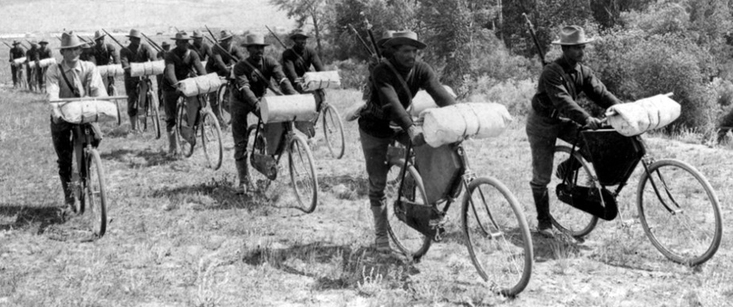
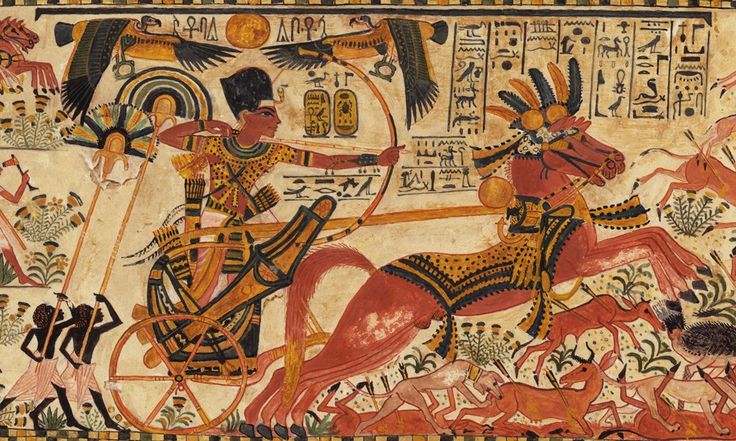
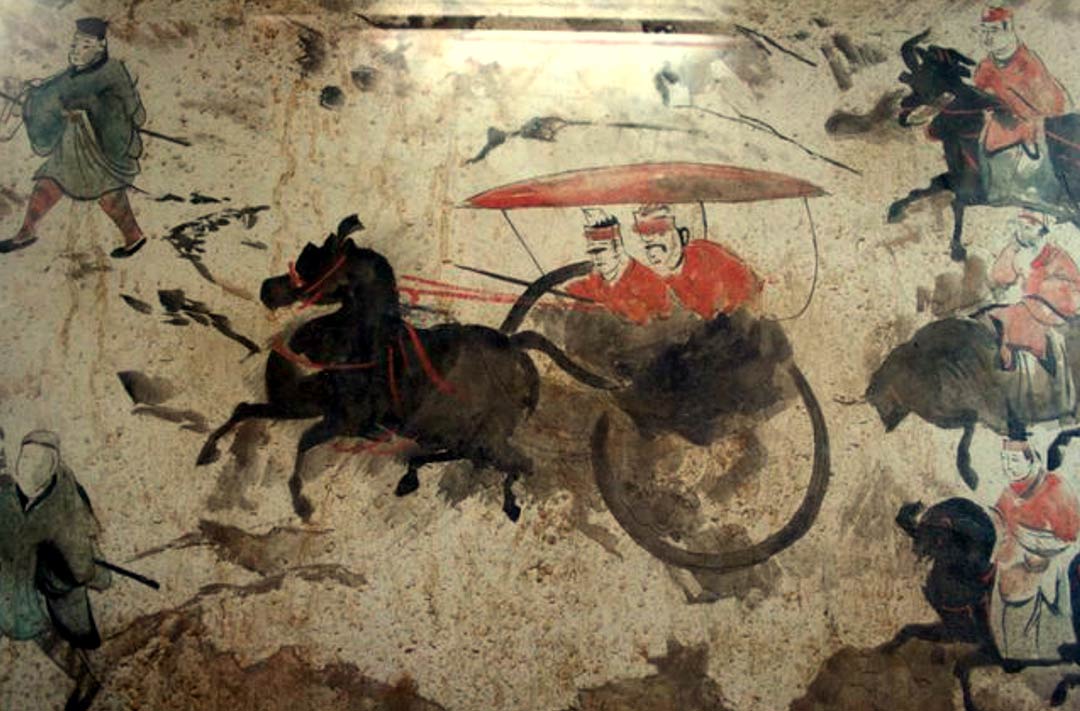
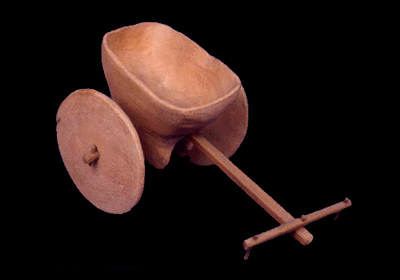
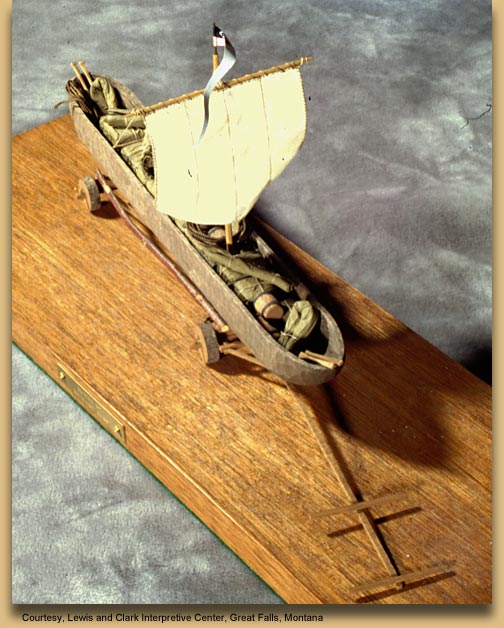
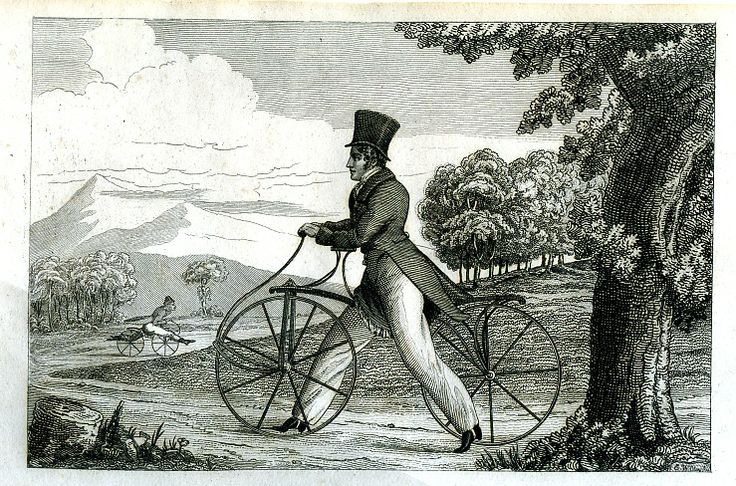
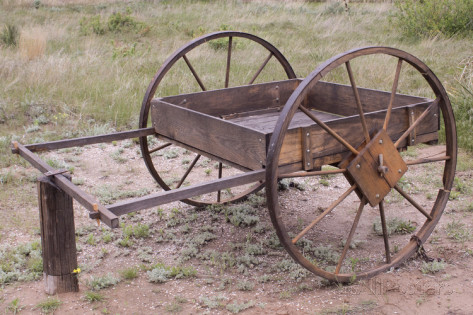
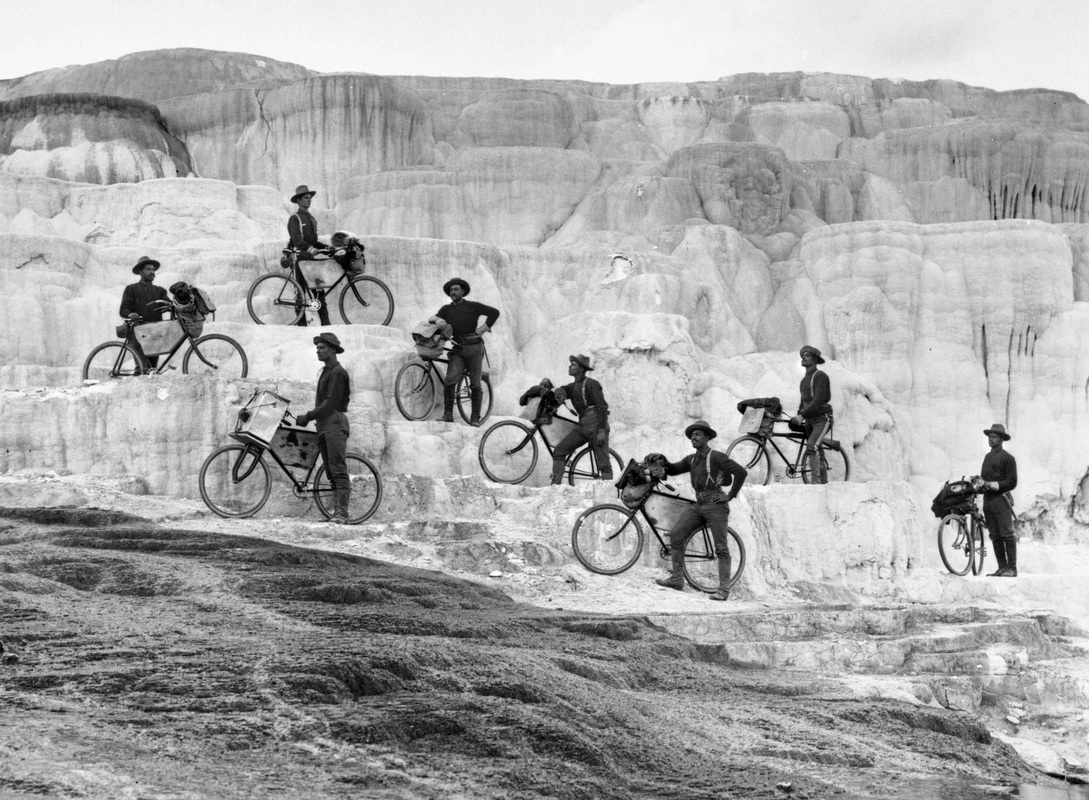
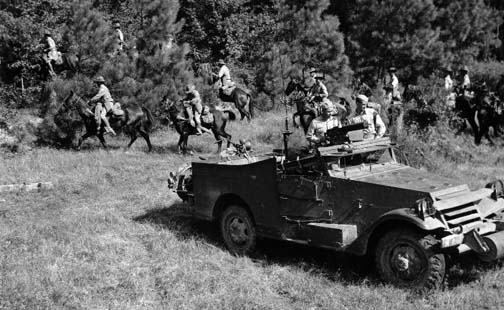
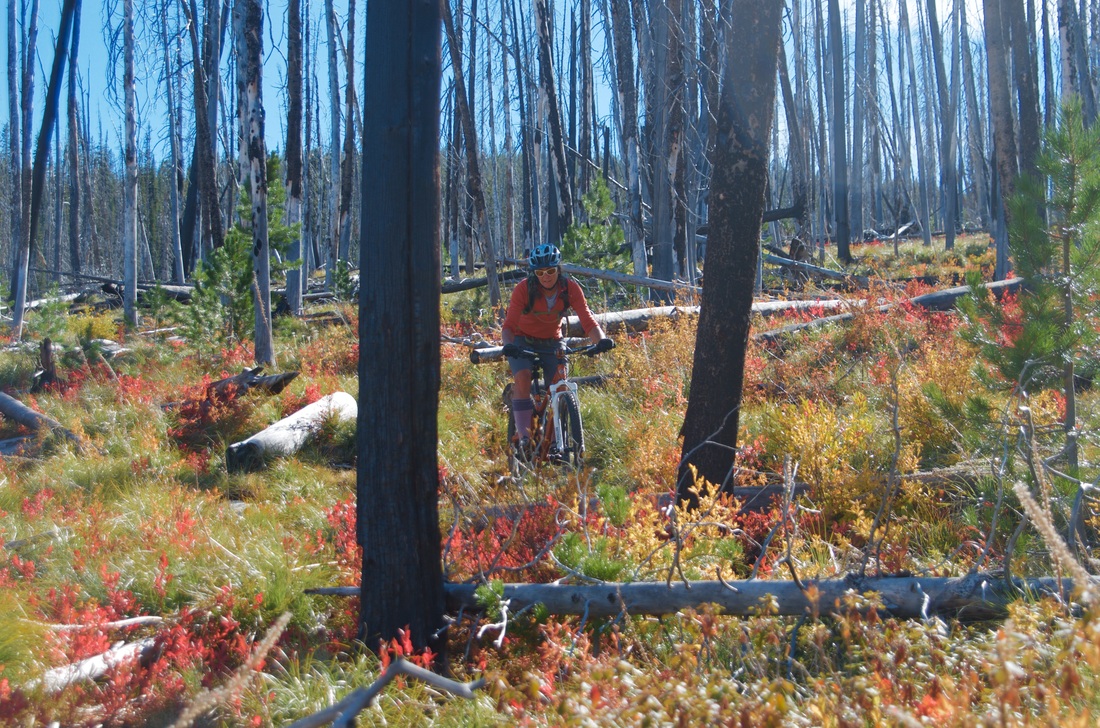
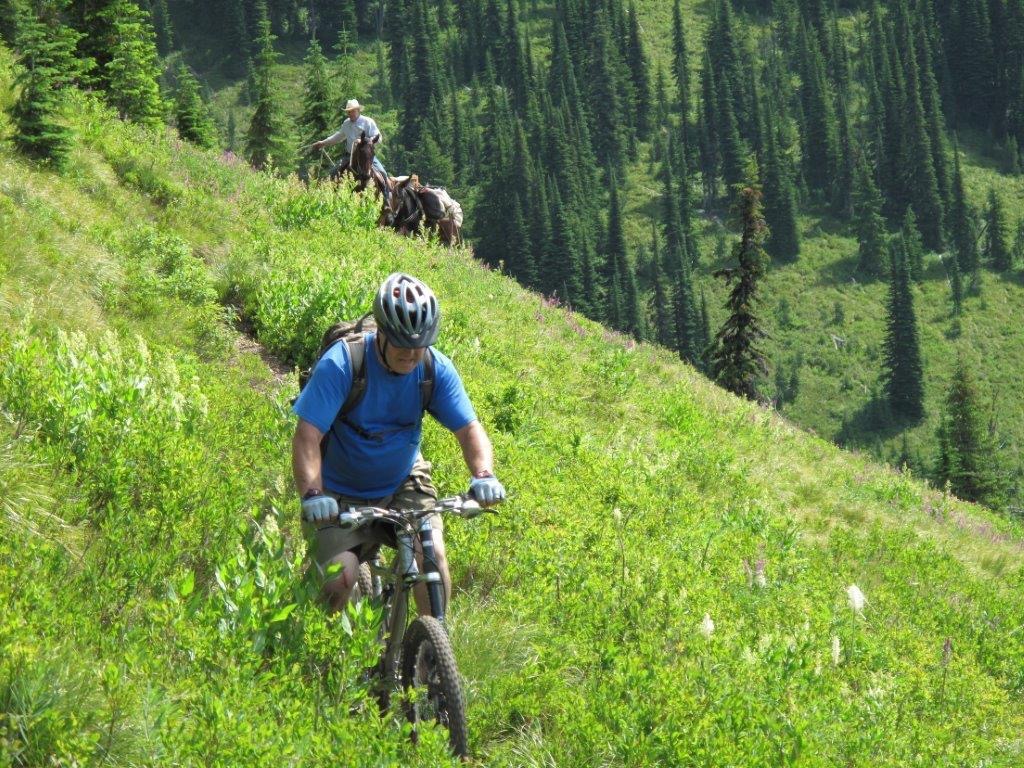
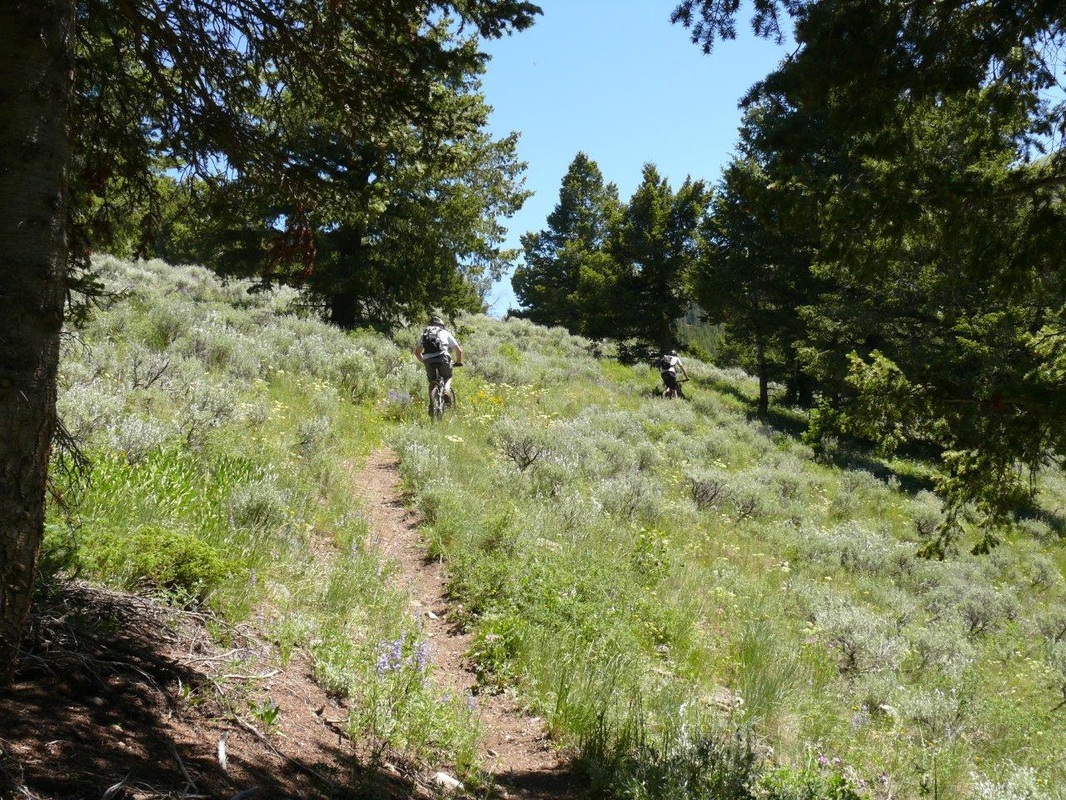
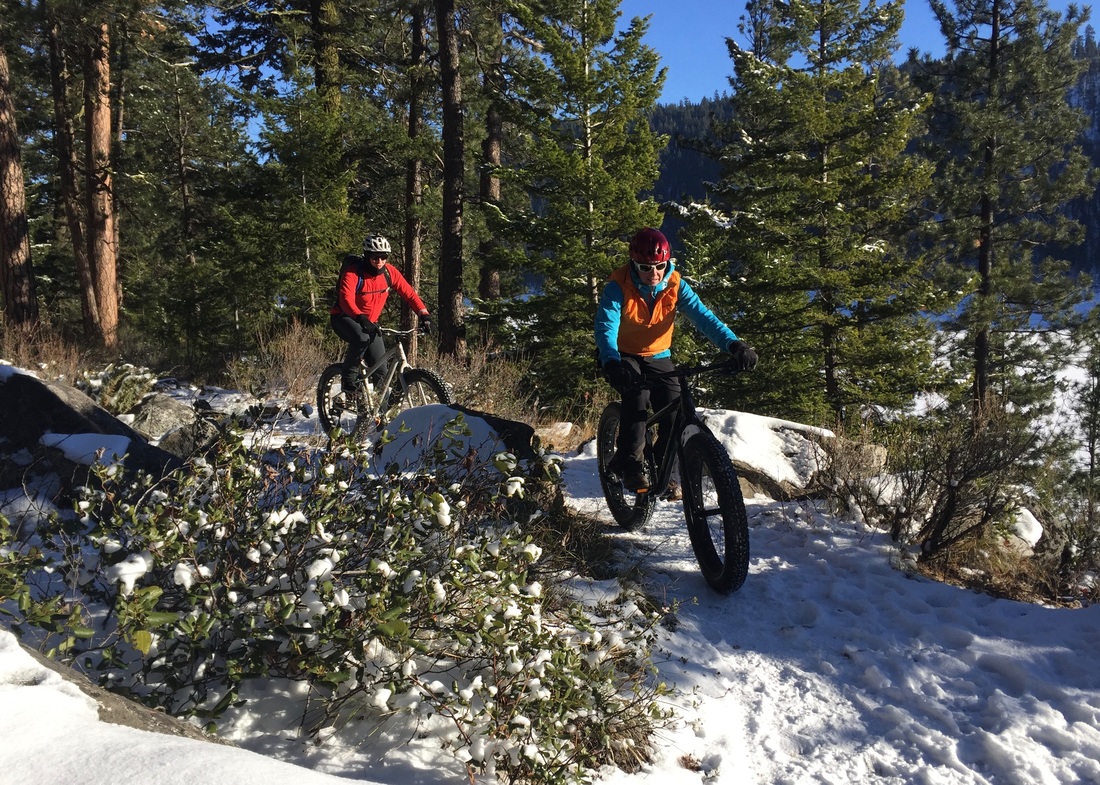
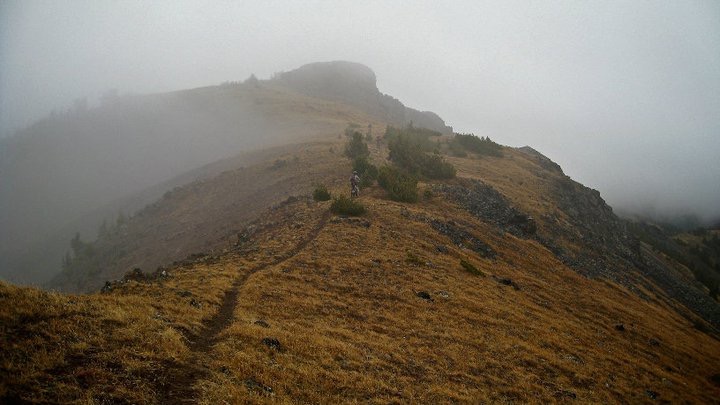
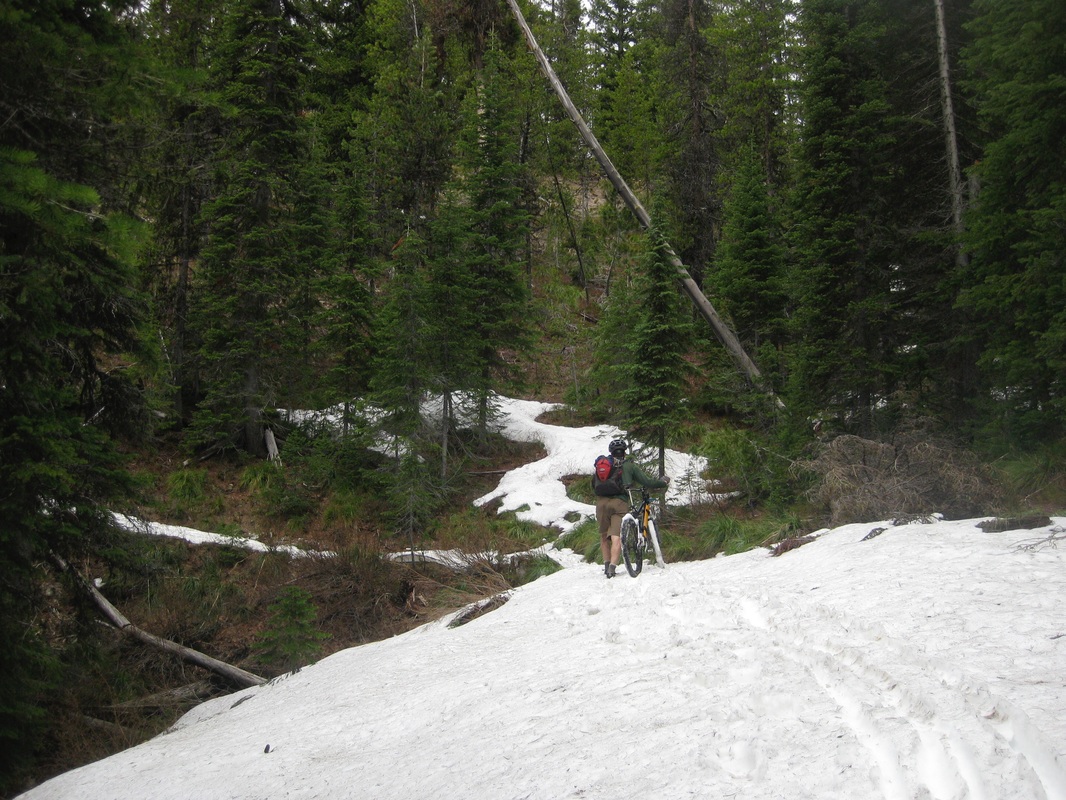
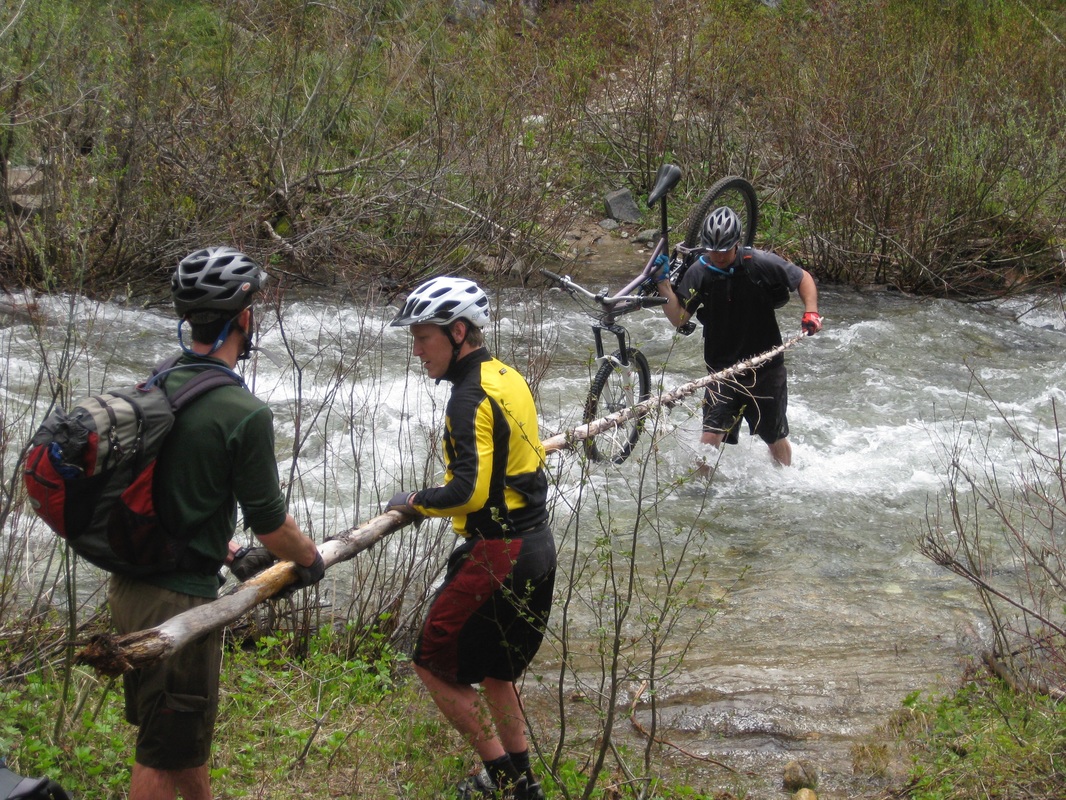
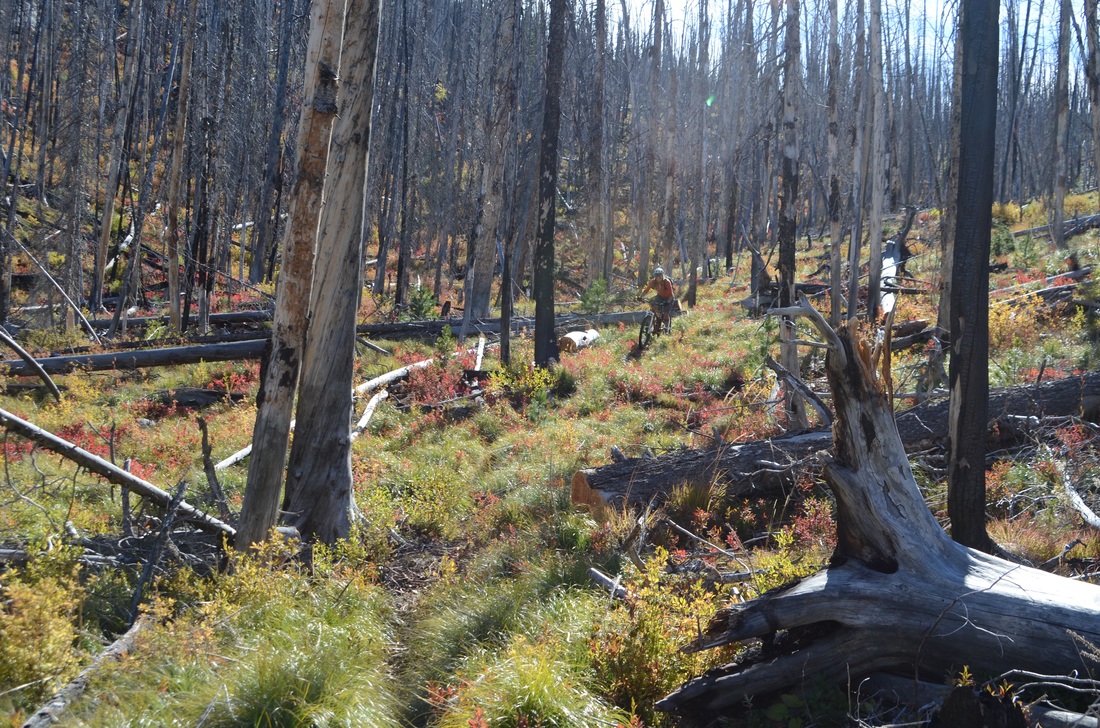
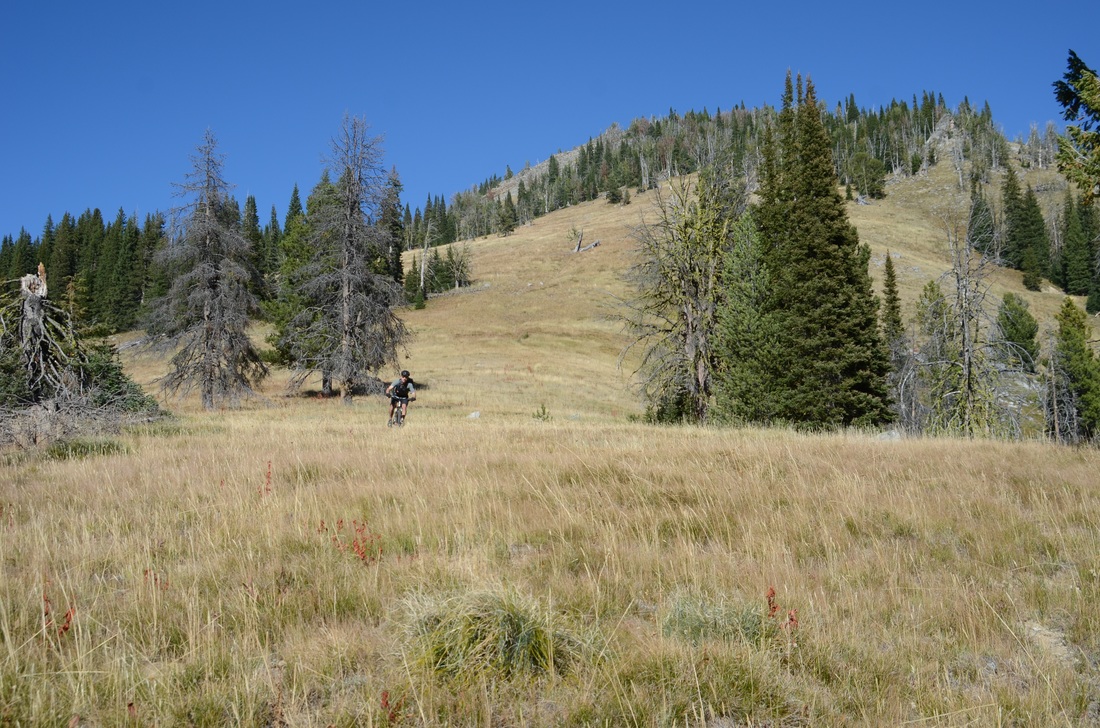
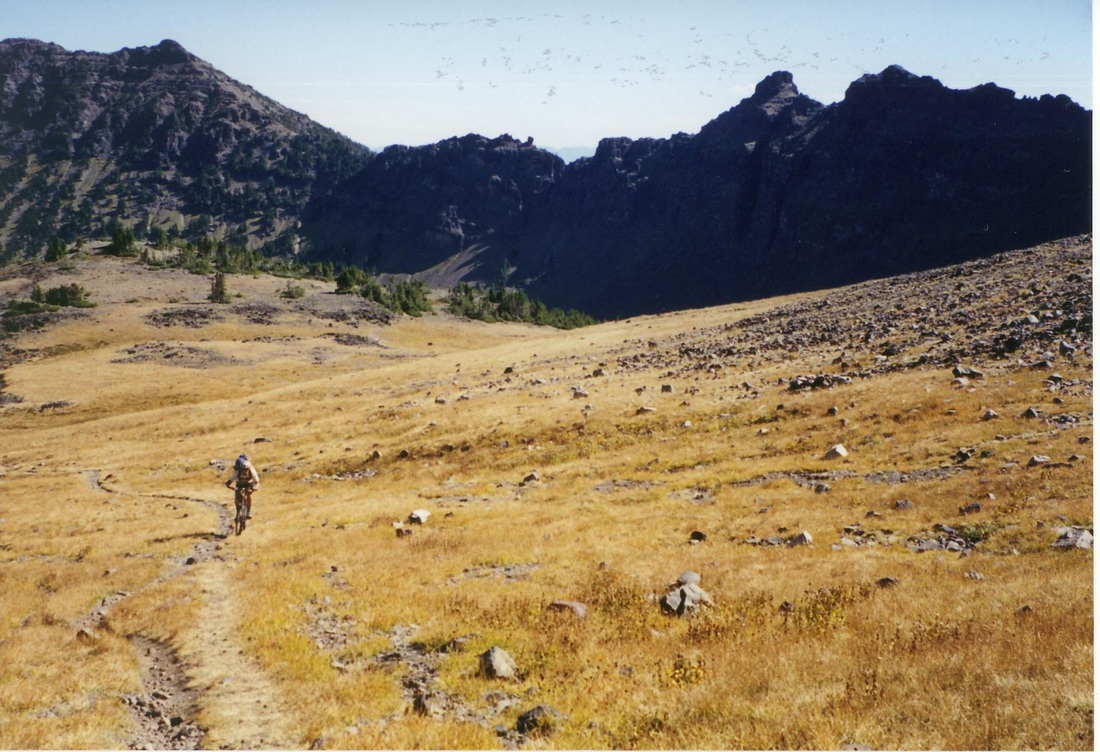
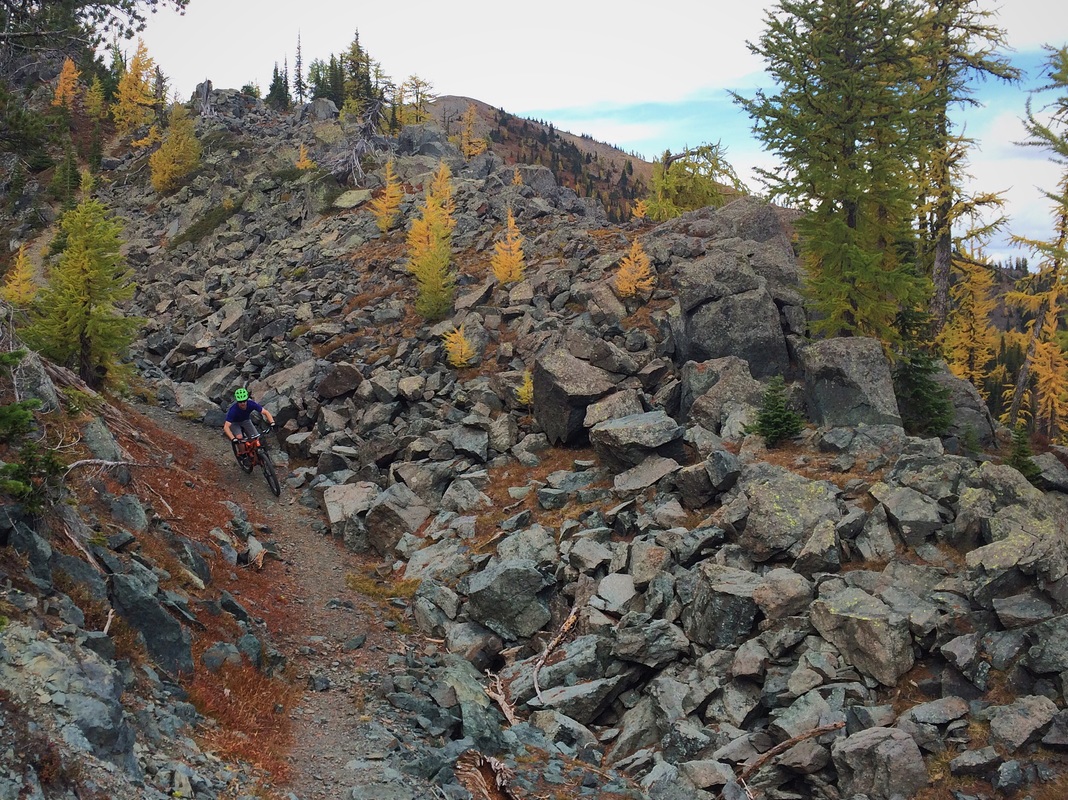
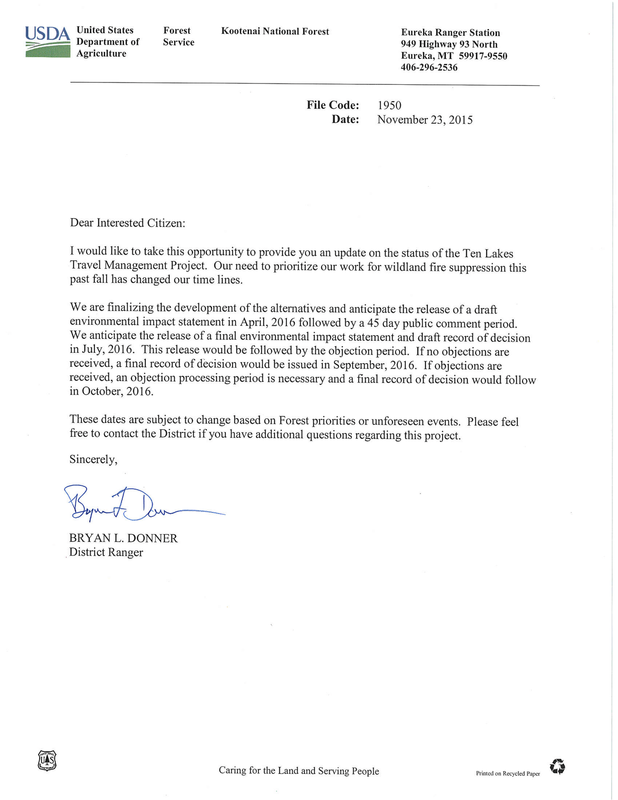
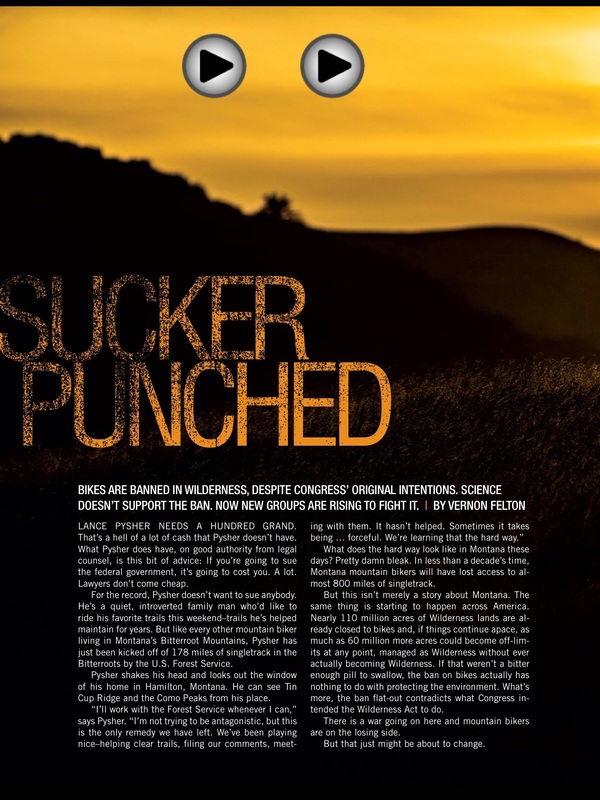
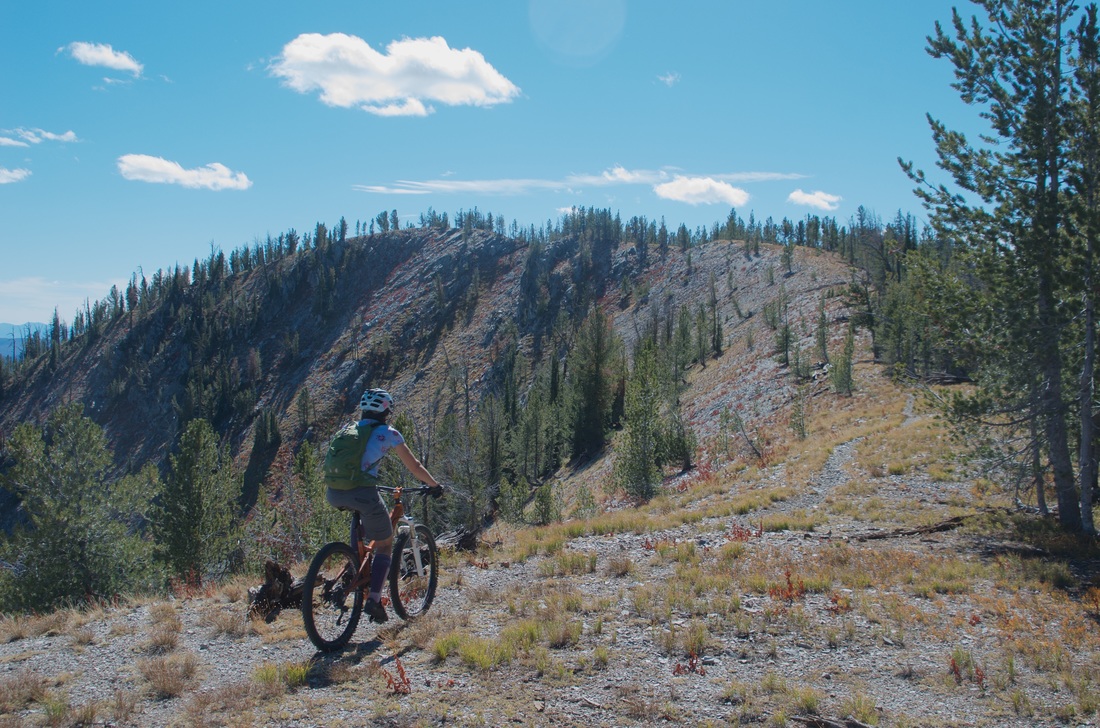
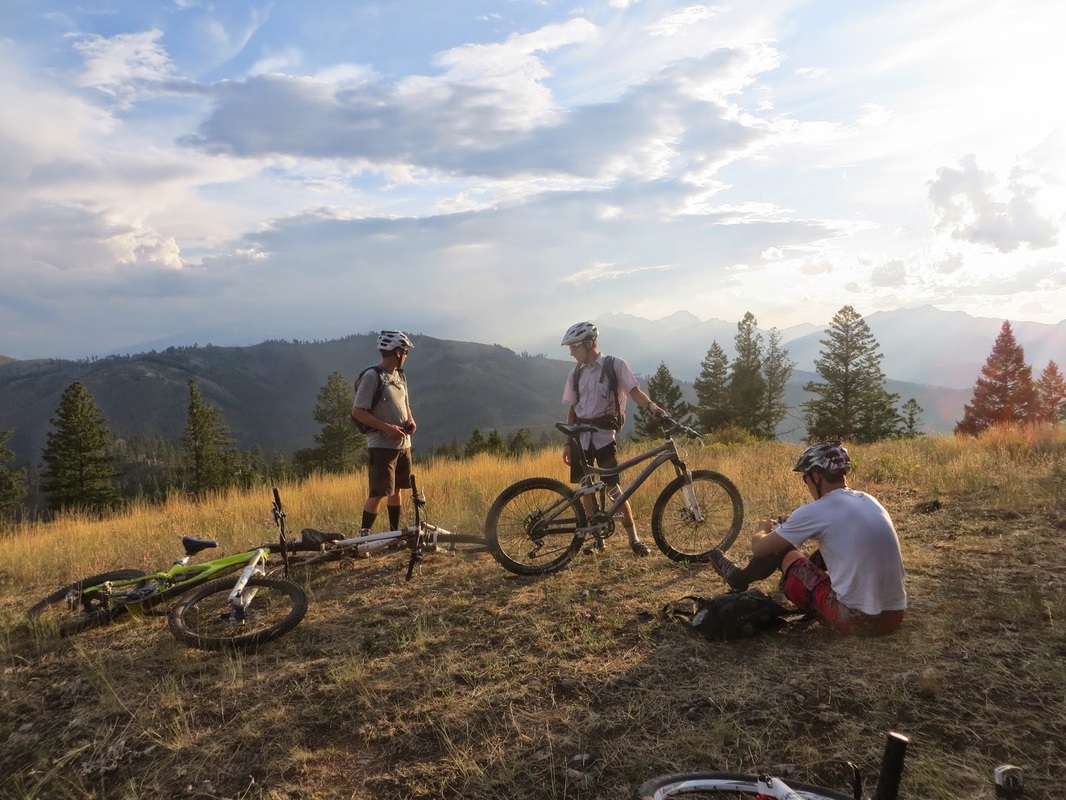
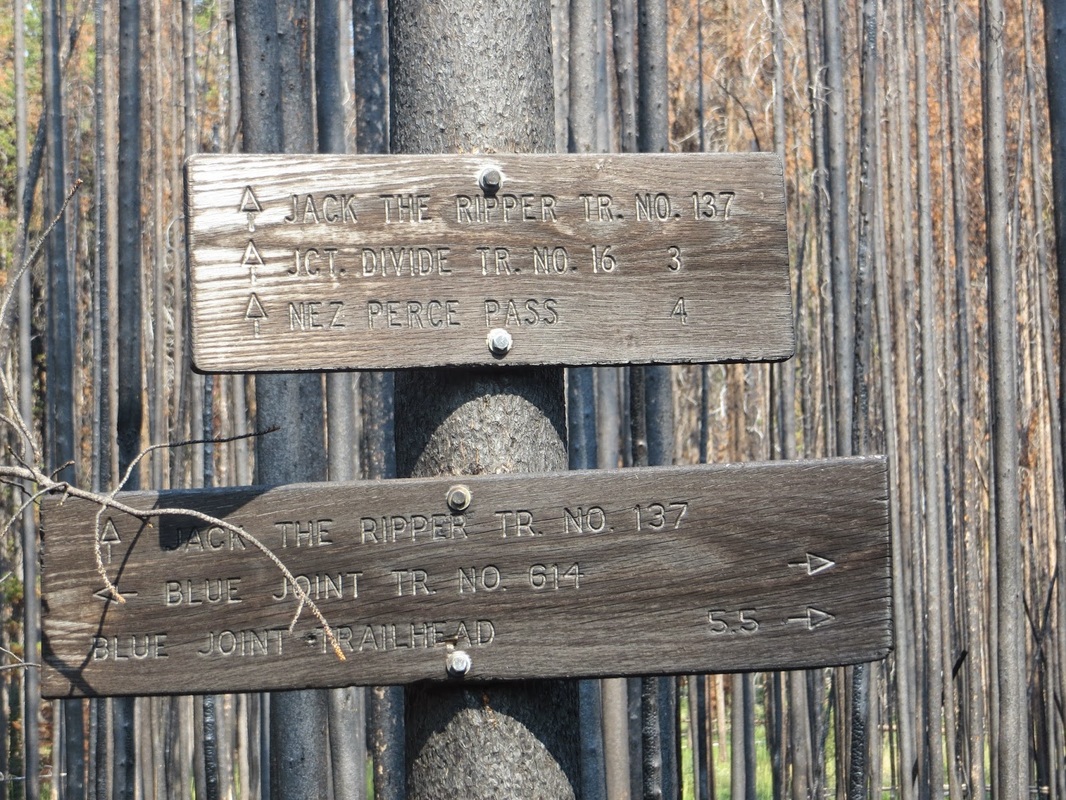
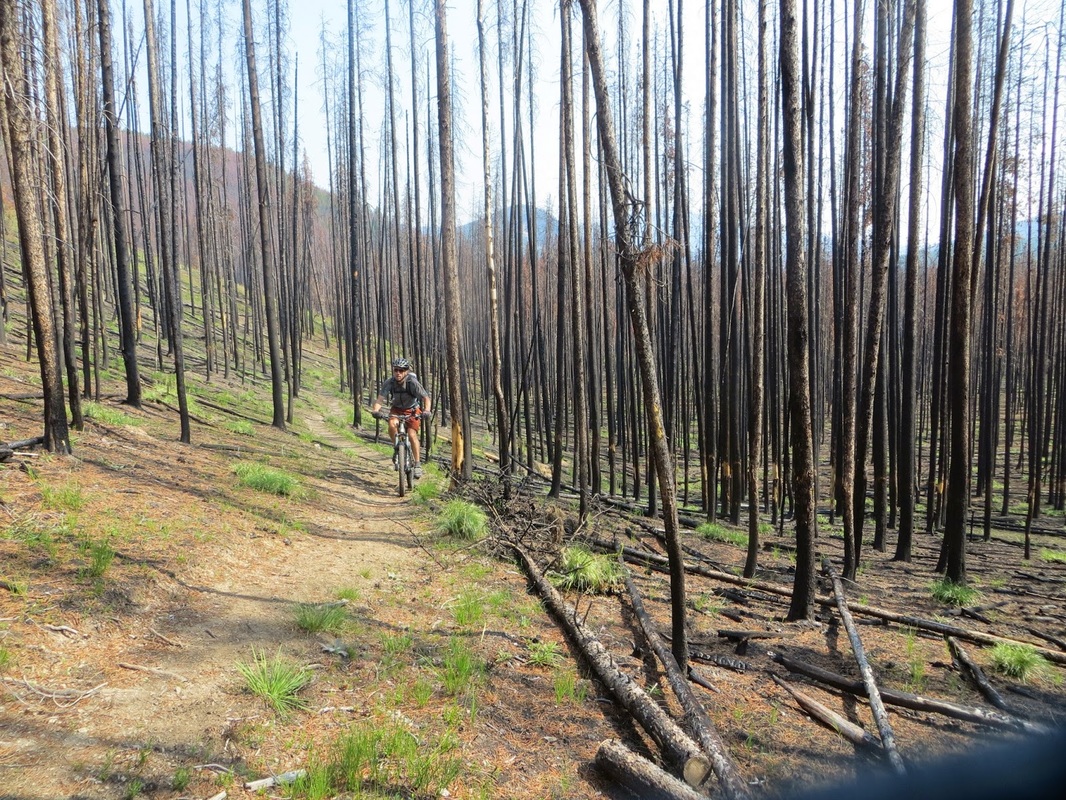
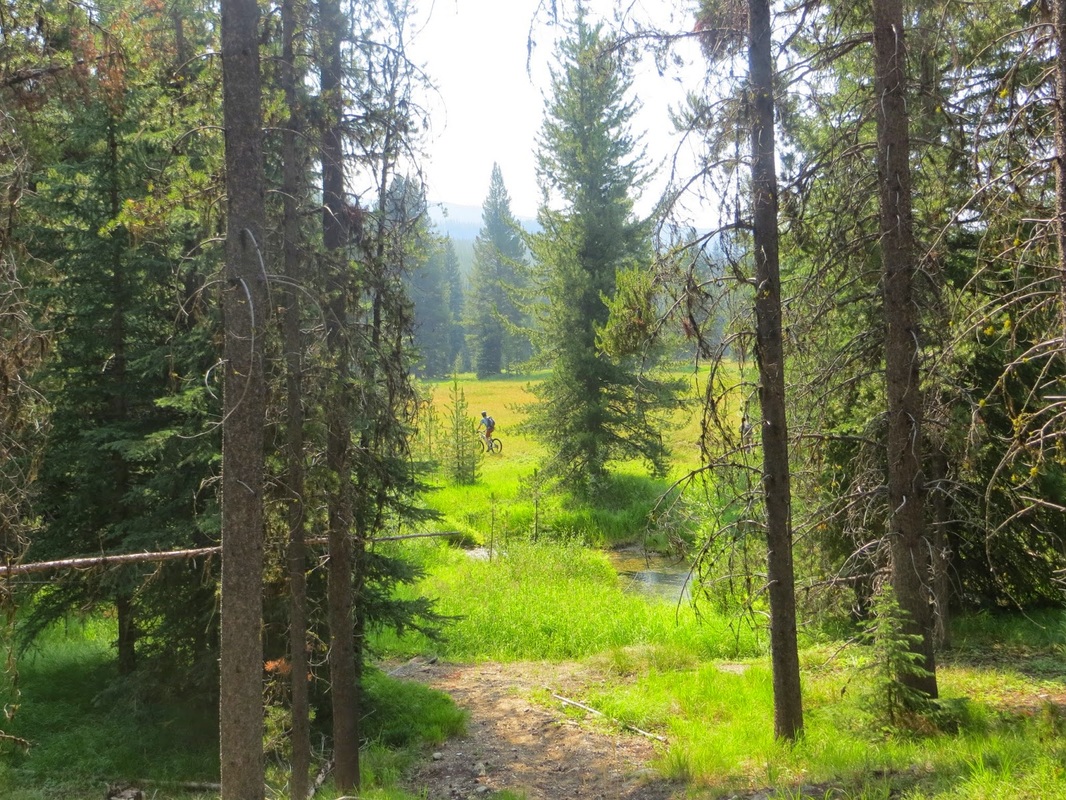
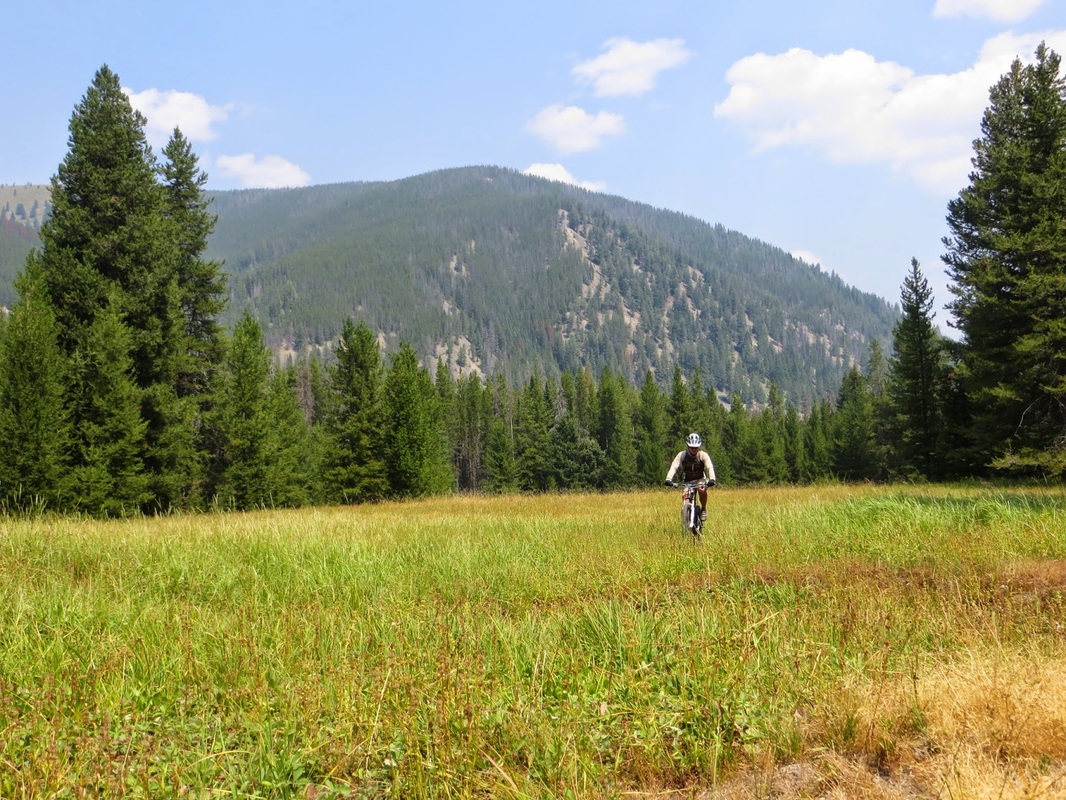
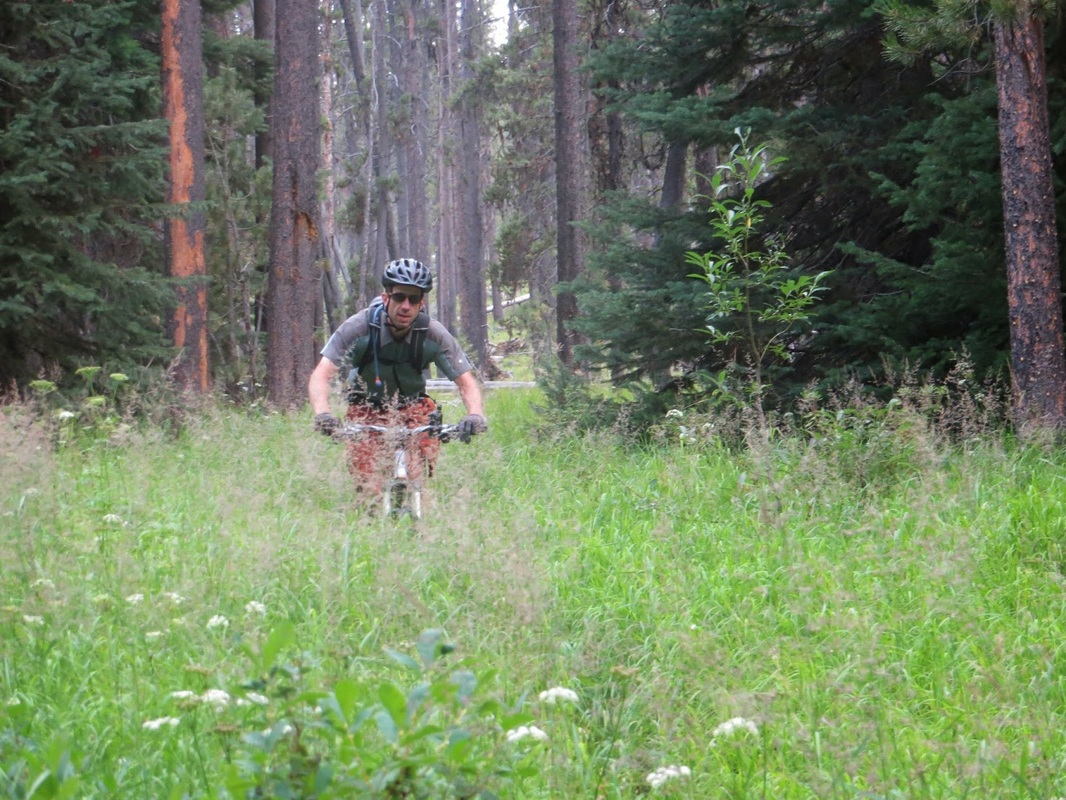
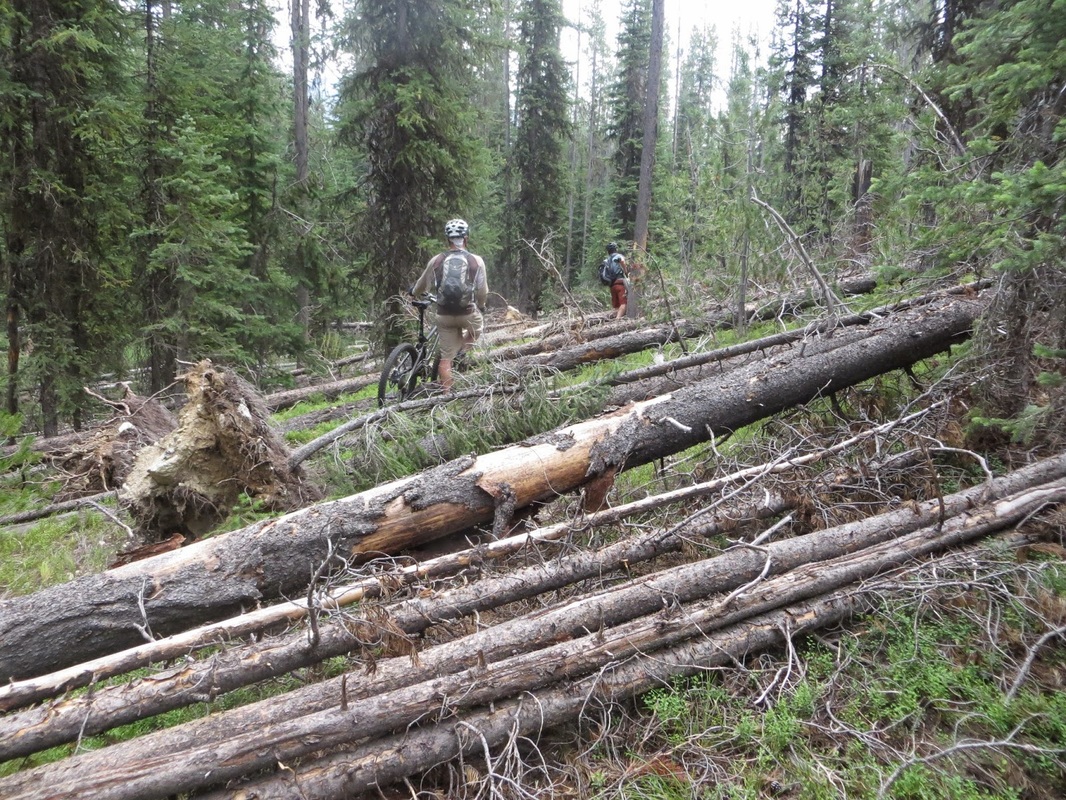
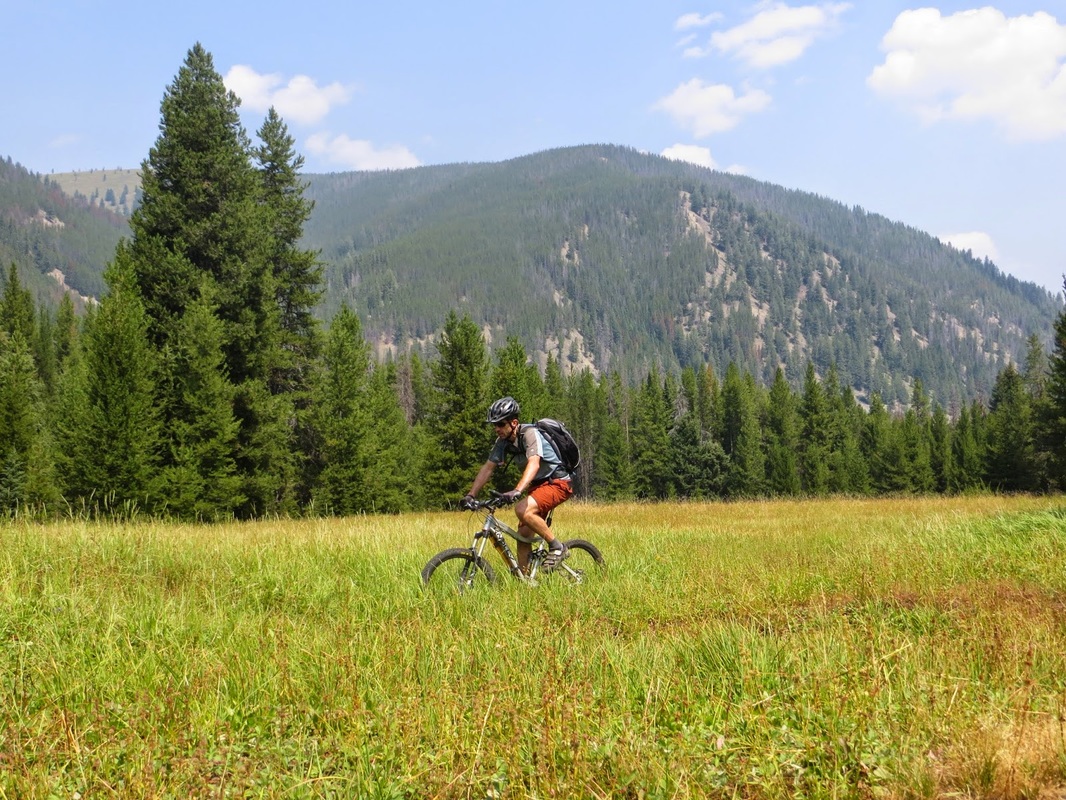
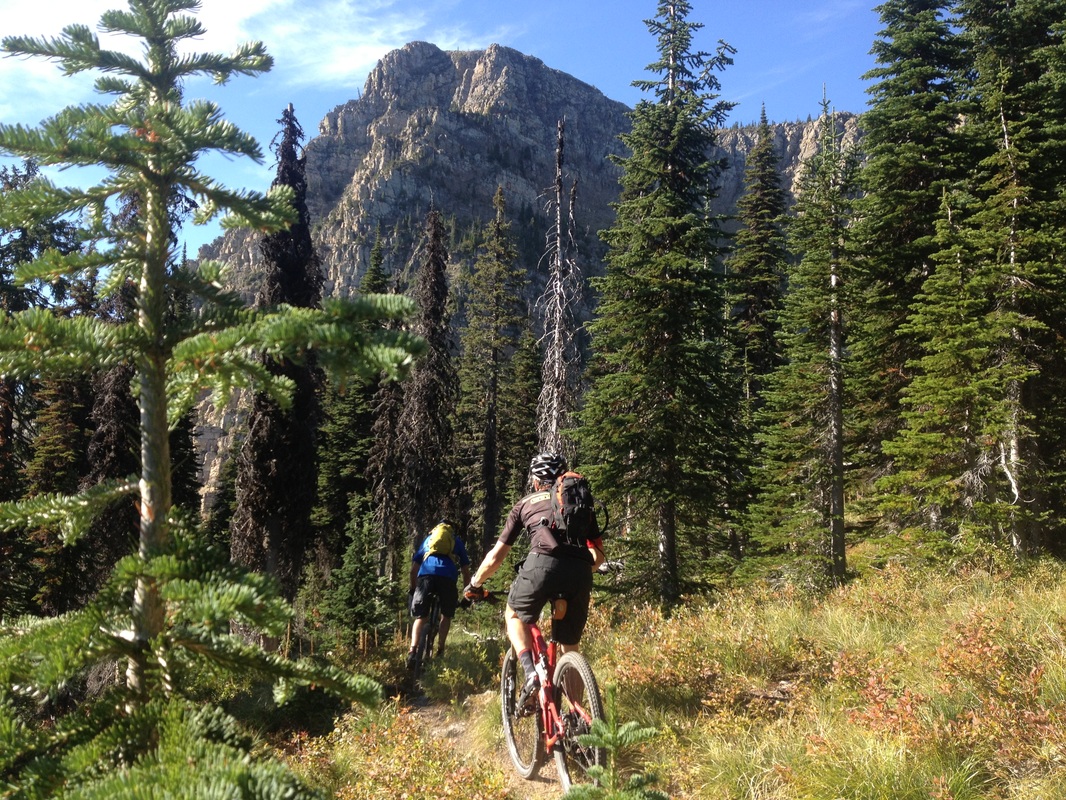
 RSS Feed
RSS Feed